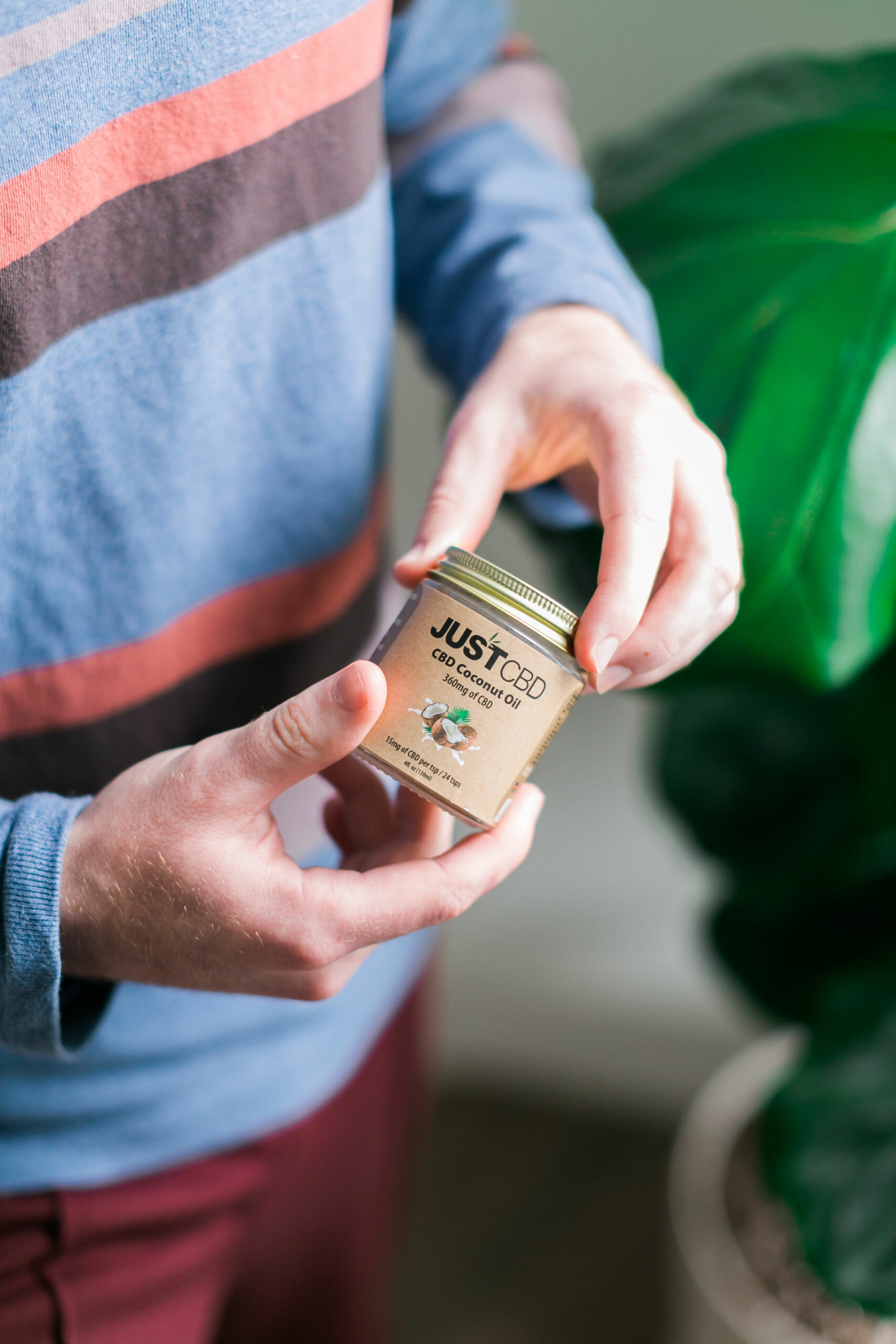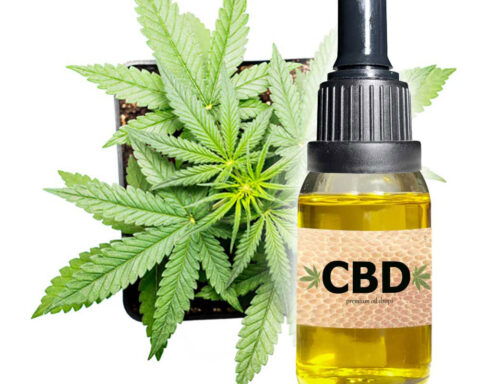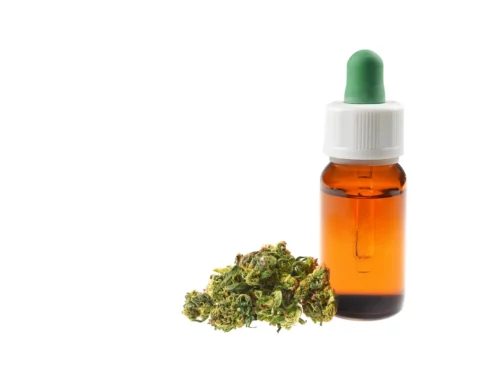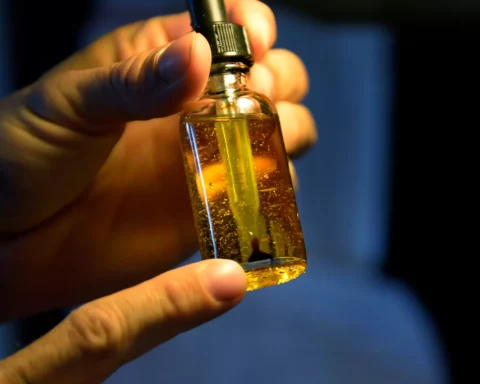Terpenes are an essential part of our daily interaction with nature. They are responsible for most of the smells and colors we appreciate in the environment around us. The earthy smell of the cannabis flower is a result of terpenes inherent in the flower. Terpenes are strong-smelling compounds produced by plants to attract insects and birds that facilitate pollination. They also repel destructive pests. Moreover, terpenes may protect plants from adverse weather conditions. The hemp plant is abundantly rich in terpenes. Every strain of hemp has a unique terpene profile that dictates its effects on the user. In addition, they react differently with each user. They are believed to contribute positively to the entourage effect of CBD. This article discusses terpenes and their importance in CBD oil.
Terpenes in CBD Oil
Being familiar with the terpene profile of your CBD oil is essential to help you figure out what effects to expect. Most CBD oils contain terpenoids rather than terpenes. Terpenoids are terpenes that have undergone a chemical alteration due to drying the cannabis plant. Terpenes are the natural compound present in the hemp plant. They may be added back as a bonus to CBD oils processed without terpenoids. Less processed oils with more natural terpenes are more beneficial to the user. They produce no psychedelic effect on the user, although some directly impact how THC reacts with receptors in the brain. As a result, CBD oils with the same amount of THC content but different terpene profiles may produce different effects on the user.
Why Add Terpenes To CBD Oil?
Terpenes can be used to classify CBD oils and hemp strains. They work in unison with other cannabinoids such as CBD and THC to produce the entourage effect in various types of CBD oil. The terpene profile in a CBD oil largely influences how the entourage effect works. There are hundreds of terpenes present in the hemp plant. Several of them have been studied and found to hold significant CBD-related benefits. Terpenes typically don’t get you high, although some are reputed to have sedative, relaxing properties. However, some terpenes are psychoactive, and they directly impact your brain and influence the reception of THC in the brain’s receptors. Ultimately, the terpene profile in a CBD oil matters more than the THC content for effective dosage. Anecdotal evidence suggests that certain terpenes may potentially provide positive effects against some mental health complications such as depression and anxiety. Terpenes and cannabinoids are different compounds, but they work in unison to produce more potential CBD benefits in a CBD oil.
Alpha-humulene
Many hemp strains contain this terpene which has a fruity aroma. It is also found in sagebrush and the Chinese medicinal herb ginseng. According to Ryz, N. R. et al (2017) , alpha-humulene is good for dealing with inflammation and reducing appetite. If you need CBD oil with anti-inflammatory or appetite-suppressing properties, then you may look out for this terpene when buying your product. Your CBD oil also benefits from the fruity smell of alpha-humulene.
Linalool
Linalool is the terpene that produces the pleasant scent of lavender. This terpene is also present in popular kitchen spices like coriander and cinnamon. It has tranquilizing and relaxing properties. Linalool is also a reputed anti-convulsant that may potentially help contain seizures. Added to your CBD oil, this terpene may add anti-convulsant effects to the desired benefits of your product. It also adds a pleasant flavor to your CBD oil.
Limonene
This terpene is mostly found in citrus peels. It is responsible for the lemony scent in most products, from foodstuffs to household products and cleaning detergents. This terpene brings the lemon flavor to your CBD oil. Lemon-flavored CBD oils are perfect for cooking with CBD. Limonene is also useful in pesticides and solvents. Moreover, substantial evidence suggests that this terpene may work effectively against anxiety. Therefore, limonene also contributes anti-anxiety effects to the entourage effect.
Beta-caryophyllene
Many hemp strains contain this terpene, which notably takes credit for the characteristic aroma of black pepper. It is believed to have pain-reducing and anti-inflammatory properties. It is, therefore, a valuable addition when using CBD oil for MS or chronic pain symptoms or to reduce skin inflammation. CBD oil with beta-caryophyllene may provide a safer alternative for addicted marijuana smokers.
Myrcene
The term Myrcene results from a Brazilian shrub used by organic healers to treat several health conditions such as high bp, bowel dysfunction, and chronic diabetes. The myrcene terpene is thus a highly beneficial compound in CBD oil.
Tips for Using Terpenes in CBD Oil
Always look for the terpene profile on the product label or the product’s COA if it is available. Ensure the CBD oil is as fresh as possible, as terpene concentration degenerates with time. Get oils with the latest dates of manufacture. Avoid subjecting your oil to high temperatures, which may compromise beneficial terpenes. Advisably, stick to non-heat infusions to preserve terpenes. Also, keep track of your body’s reaction to each terpene profile to determine what works best for you.
Conclusion
Terpenes are strong-scented natural plant compounds found in hemp and other plants. They facilitate reproduction by attracting pollinating agents. They also protect the host plant from pests and harsh weather. Terpenes have various beneficial properties. They work in unison with other cannabinoids and compounds in CBD oil to produce the entourage effect. Terpenes also determine the flavor and scent of CBD oil. Knowing the terpene profile in a CBD oil will help you know what you are buying and the effects to anticipate. Notably, much research on the full potential effects of terpenes on the human body is still pending.
Reference
Ryz, N. R., Remillard, D. J., & Russo, E. B. (2017). Cannabis roots: a traditional therapy with future potential for treating inflammation and pain. Cannabis and cannabinoid research, 2(1), 210-216.
- WHY CAN DRINKING ALCOHOL TRIGGER ANXIETY? - January 7, 2023
- WHAT IS ORGASMIC MEDITATION? BENEFITS + HOW TO - January 7, 2023
- THE BEST WAYS TO PREVENT WEIGHT GAIN THIS WINTER - January 6, 2023









